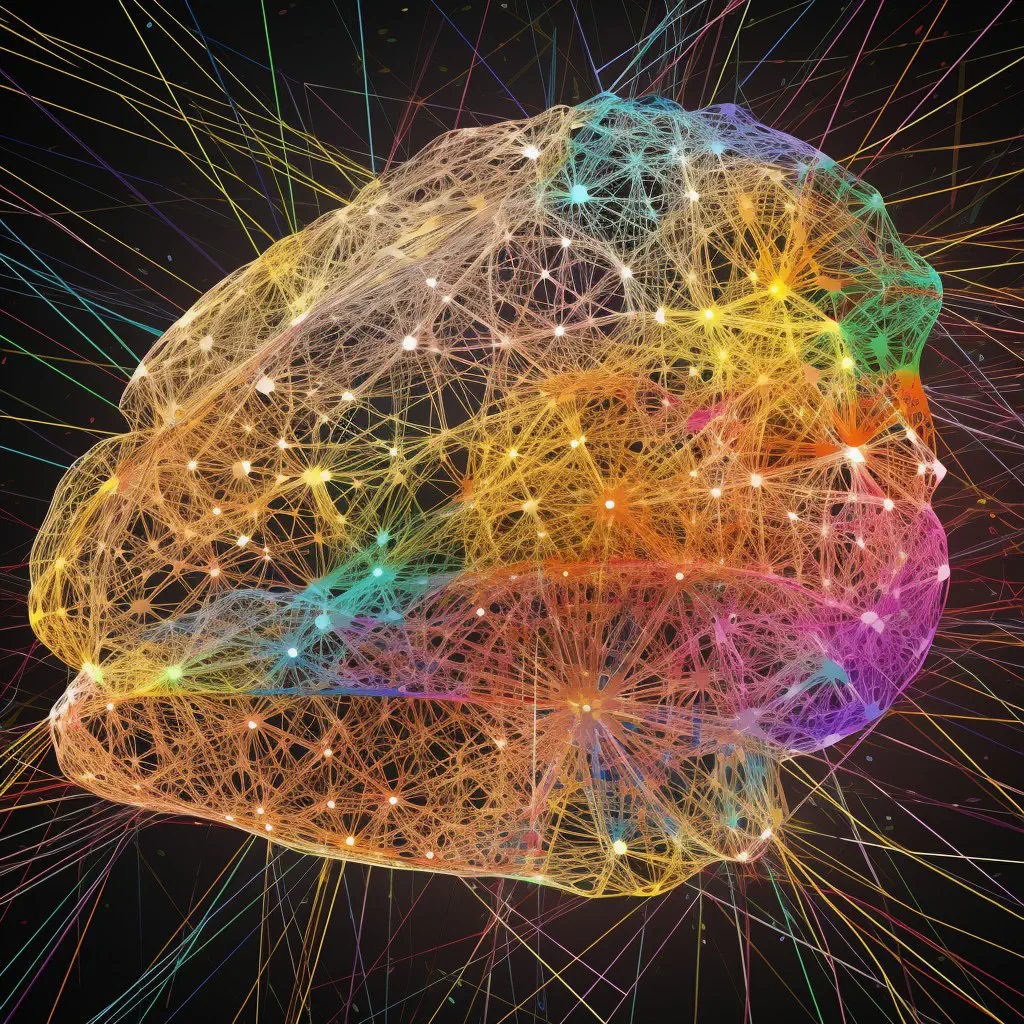
The Future of Thinking: Trends and Developments in Cognitive Science and Neuroscience
The study of the brain and its cognitive functions has come a long way since the early days of neuroscience. With the advancement of technology and scientific research, our understanding of how the brain works and its implications for our thinking has greatly expanded. In this article, we will explore the latest trends and developments in cognitive science and neuroscience that are shaping the future of thinking.
Neuroplasticity: The Brain’s Ability to Change
One of the most significant discoveries in neuroscience in recent years is the brain’s ability to change and adapt, known as neuroplasticity. This means that the brain can form new neural connections and reorganize existing ones in response to experience, learning, and injury.
Neuroplasticity has significant implications for cognitive science and the future of thinking. It suggests that we can train our brains to become better at certain tasks and skills, such as language learning, memory retention, and problem-solving. Additionally, it may offer new possibilities for rehabilitation and recovery in cases of brain damage or injury.
Brain-Computer Interfaces: Merging Minds and Machines
Brain-computer interfaces (BCIs) are a rapidly advancing field that involves the direct connection between the brain and a computer. BCIs can be used for a variety of purposes, including controlling prosthetic limbs, typing on a computer, or even playing video games using only your thoughts.
As BCIs become more advanced, they offer the potential for new ways of thinking and interacting with technology. They may also provide new opportunities for people with disabilities or paralysis to communicate and interact with the world around them.
Artificial Intelligence: Mimicking the Human Brain
Artificial intelligence (AI) has made significant strides in recent years, with the development of deep learning algorithms and neural networks that can mimic the human brain’s complex processes. AI has been used for a variety of applications, including image and speech recognition, language translation, and self-driving cars.
As AI continues to advance, it has the potential to transform the way we think and solve problems. It may provide new insights and solutions to complex problems, but it also raises ethical questions about the role of AI in decision-making and the potential consequences of relying too heavily on machines to make decisions.
Cognitive Enhancement: Improving Human Performance
Cognitive enhancement involves the use of drugs, supplements, or other interventions to improve cognitive function, such as memory, attention, or creativity. While some forms of cognitive enhancement, such as caffeine or exercise, have been used for centuries, newer forms of enhancement, such as “smart drugs,” are still in the early stages of research and development.
Cognitive enhancement has the potential to improve human performance in a variety of settings, from the classroom to the boardroom. However, it also raises ethical questions about the fairness of using enhancement to gain an advantage over others and the potential risks and side effects of long-term use.
Neuroethics: Examining the Ethics of Neuroscience
Neuroethics is a field that examines the ethical, legal, and social implications of neuroscience research and its applications. It raises important questions about the use of technology to manipulate the brain, the privacy of neural data, and the potential consequences of using brain-altering technologies.
As our understanding of the brain and its functions continues to expand, it is essential to consider the ethical implications of this research and its applications. Neuroethics provides a framework for addressing these questions and ensuring that advances in neuroscience are made responsibly and with consideration for their broader societal impact.
Conclusion
The future of thinking is shaped by the latest trends and developments in cognitive science and neuroscience. From the brain’s remarkable ability to change and adapt to new information to the development of brain-computer interfaces and artificial intelligence, these advances offer new possibilities for understanding the human mind and improving our cognitive abilities.
As we continue to explore these possibilities, it is essential to consider the ethical implications of these developments and their impact on society as a whole. By approaching these questions with a critical and responsible mindset, we can ensure that the future of thinking is one that is both innovative and beneficial to all.

